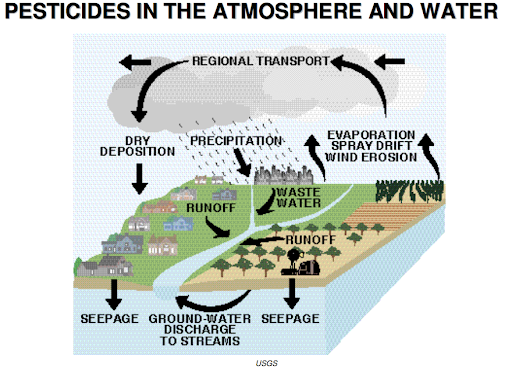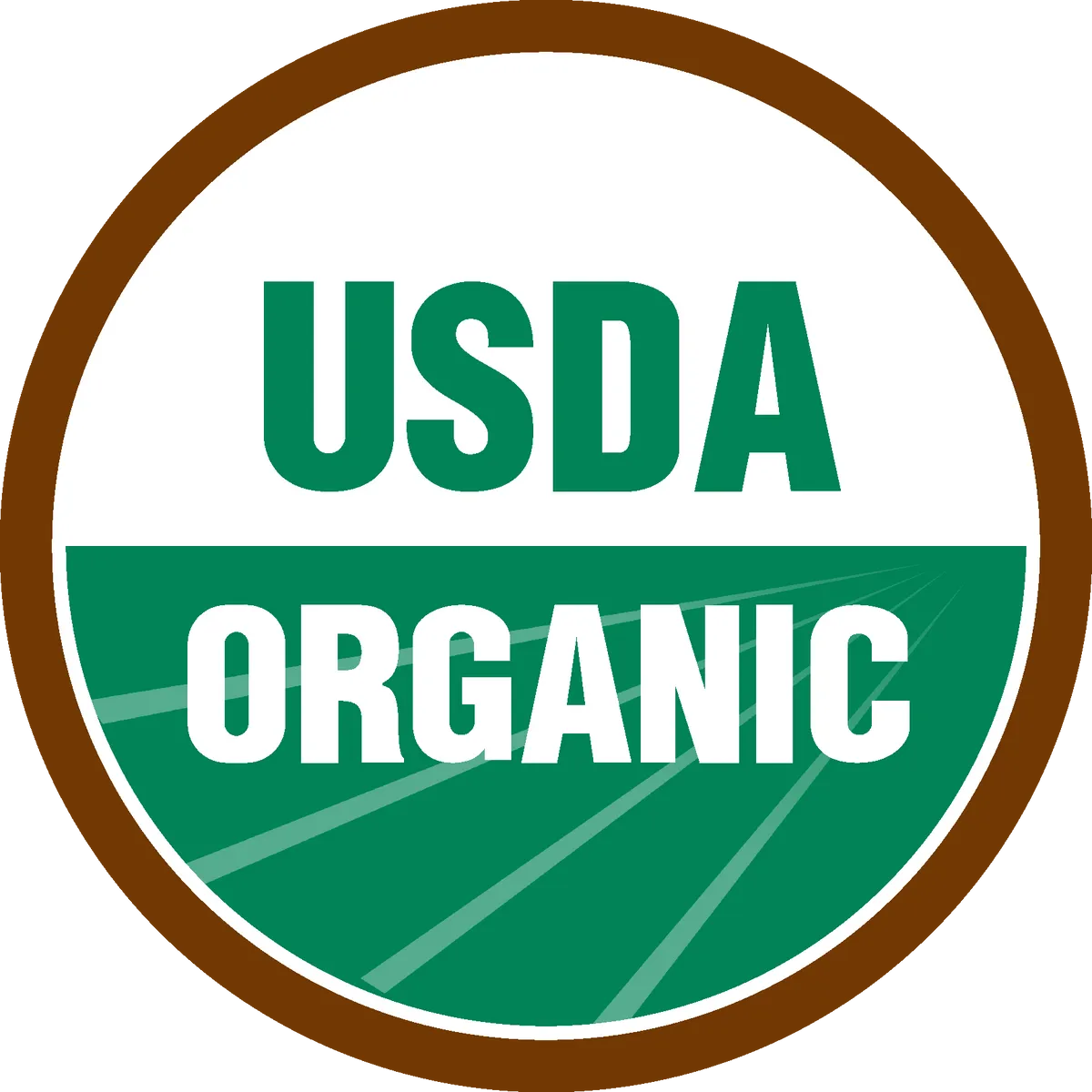Farmworkers
CNEHJ has a Nurses FARMWORKER TEAM that is helping to educate and engage nurses about farmworker health and safety.
Farmworkers At Risk
Roughly ½ of the nation’s farmworkers live in California. If we use the social determinants of health as a metric to determine farmworkers’ wellness, they would fail in almost every category. They are often home and food insecure, have difficulty in securing consistent education for their children, and often have poor access to physical and mental health services. For many, language and literacy (little or no English) create barriers to accessing information. And overall, they are challenged by economic insecurity.
From an occupational health and safety perspective, farmworkers are challenged by long hours of repetitive-motion activities, sometimes in extreme heat conditions, and increasingly in CA, are also exposed to very poor air which has been worsened by longer and more extensive wildfire seasons.
California’s Air Pollution
As part of Cal/OSHA’s wildfire smoke regulation, employers are required to identify harmful exposure to wildfire smoke by checking the Air Quality Index (AQI) for PM2.5. One of the ways they can check the AQI is on the AirNow.gov website.
In addition to the AQI reading on the site, users also have access to the new Fire and Smoke Map, a collaboration from the U.S. Forest Service (USFS) and the U.S. Environmental Protection Agency (EPA). The map provides air quality readings, as well as information on fires, smoke plume locations, and safety recommendations.
The Fire and Smoke Map is a valuable resource for employers of outdoor workers throughout the West because it provides more localized readings, an important feature for rural areas.
Agricultural Pesticides
“Pesticide” is an umbrella term for a range of chemicals that are formulated, produced, and applied to harm a biological system. Pesticides are often further categorized by function, for instance, herbicides kill plants, insecticides kill or harm insects, fungicides kill fungus, biocides kill microbes, and so on.
In 2018, 209 million pounds of pesticides were used in California. Pesticides are generally made up of both an “active ingredient,” the chemical specifically formulated to harm an organism, and the “inert or other ingredients,” which are the chemicals that help to deliver the active ingredient or increase its efficacy. Many active ingredients in pesticides are petrochemical-derived.
If you look at the collective health effects of all pesticides, a very long list of health risks results, including cancer, birth defects and other birth outcomes, reproductive health risks, neurological problems, and many more. However, as nurses, we must be specific when talking about pesticides and health risks because all pesticides do not cause all of the health risks. Some agricultural pesticides are more toxic than others.
The US Geological Survey (USGS) monitors ground and surface water for 76 pesticides and found that 90% of streams and 50% of wells in their national surveillance were positive for at least one pesticide. Some pesticides are persistent, they travel from one medium (i.e., air, water, soil, human body) to another intact. Urban and suburban non-farm use of pesticides wind up in our water as well.
In the graphic below, you can see how some pesticides stay in circulation.

In California coastal estuaries and lagoons, three agricultural fungicides, one herbicide, and two organophosphate insecticides were frequently found in fish and crab tissues.
There is no way to remove the chemicals that already exist in the ecosystem.
The EPA’s Office of Pesticides provides a wide range of information, including materials in Spanish, and materials for designed for children to learn about pesticides.


USDA Certified Organic
In order to help the public choose produce (as well as meat/poultry) that has been grown/raised without the use of potentially harmful chemicals, the US Department of Agriculture (USDA) has a designation of “USDA Certified Organic.” USDA Certified Organic crops cannot be genetically modified organisms (GMO), the soil cannot have been augmented by sewage sludge, and no pesticides or synthetic fertilizers can have been used.
Any farmers or gardener can use a pest management approach that avoids toxic chemicals called Integrated Pest Management (IPM). The IPM Institute of America provides detailed information on how to engage in IPM strategies.
Nursing Actions Regarding Pesticides
- Nurses can help to increase demand for organic farming by choosing organic food products and by encouraging institutions, like hospitals, schools, and colleges/universities, to purchase organic food whenever possible. Health Care Without Harm has a wonderful Healthy Foods Program that can provide information and support to nurses who want to change hospital food purchasing policies.
- Nurses can advocate for pesticide policies that promote healthy crops, healthy people, and healthy ecosystems. CNEHJ works closely with the coalition Californians for Pesticide Reform to advocate for reduction/elimination of harmful pesticide use, farmworker/community “right to know” about pesticide exposures, and full-disclosure labeling for pesticides.

